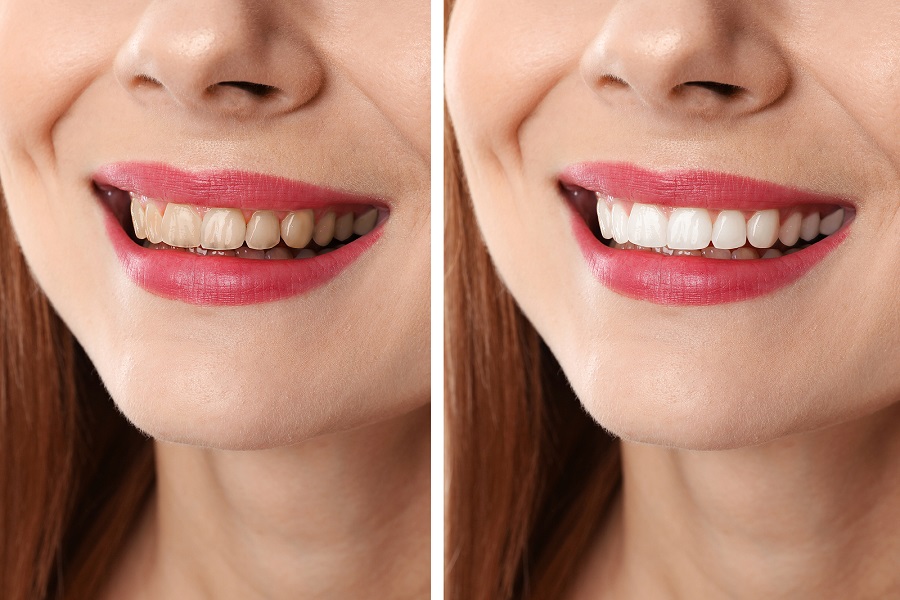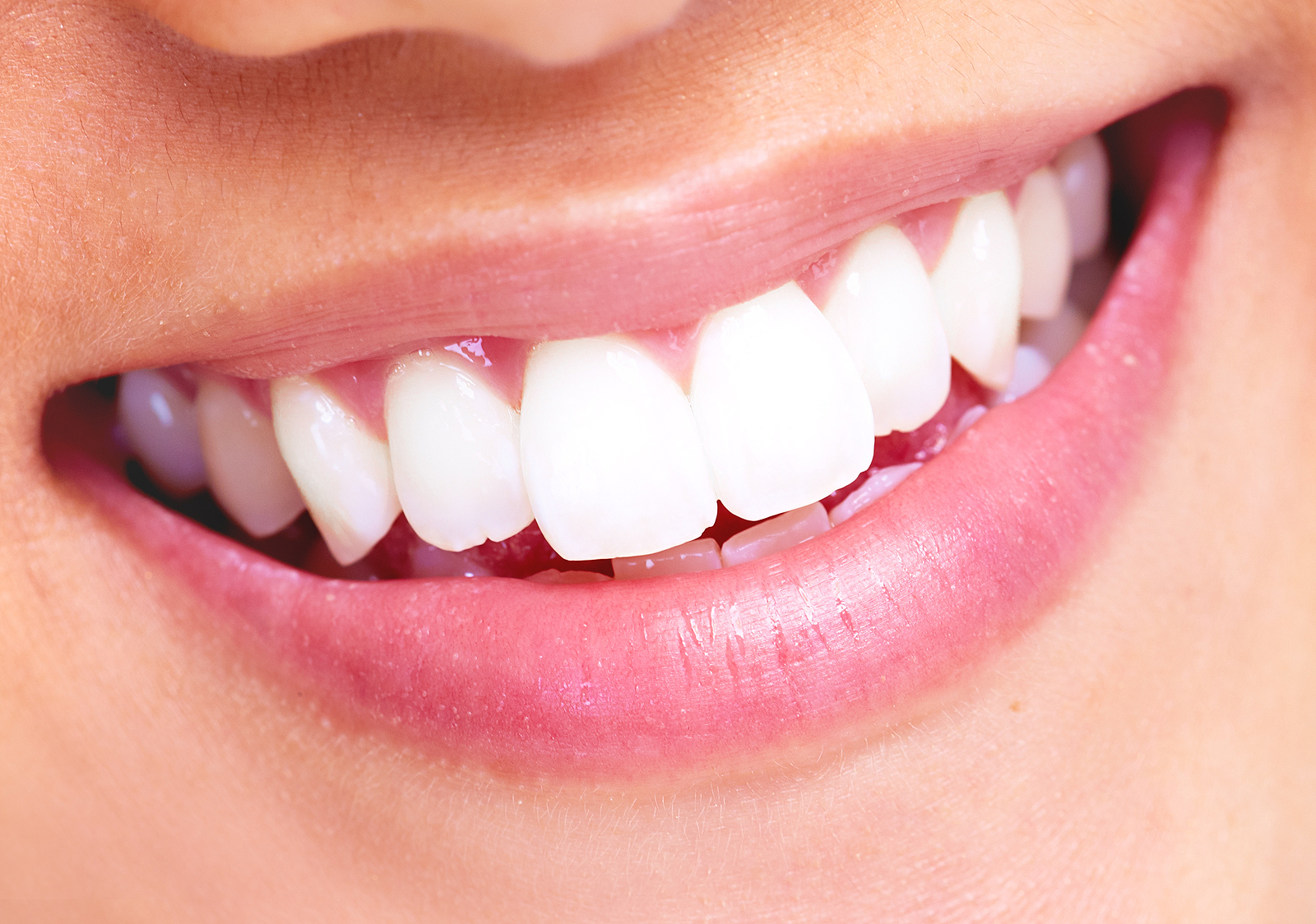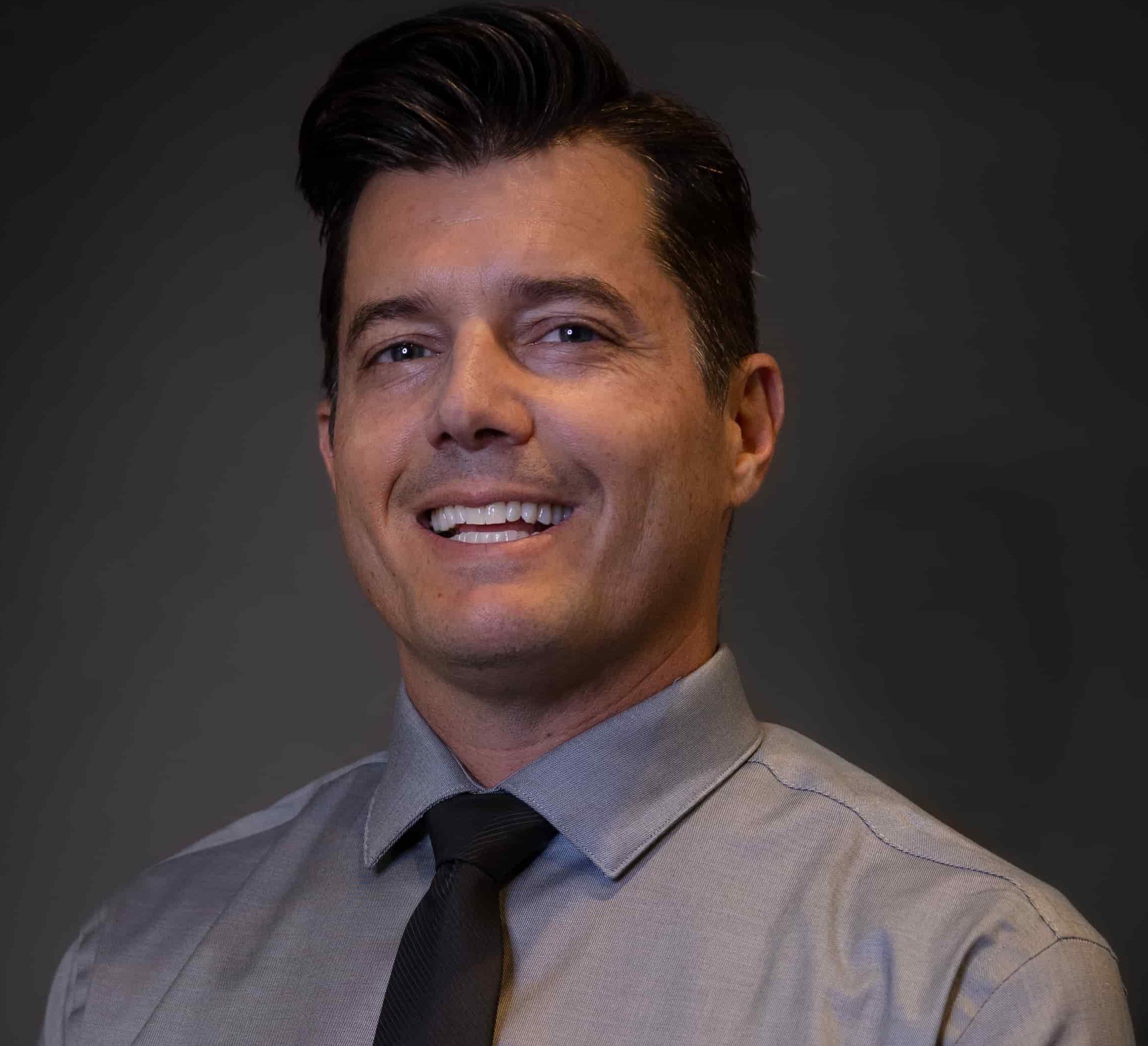TREATMENT FOR TMJ HEADACHES
TMJ, which is also known as Temporomandibular Joint Disorder or sometimes as Temporomandibular Joint syndrome is a complex phrase that describes an array of issues that stem from the pair of joints where our lower jaw bone attaches to our skull. These modified hinge joint can be the root of severe headaches, debilitating pain, and loud grinding and popping while eating or speaking. The Symptoms of TMJ are many. The treatment options are also complex and varying. Treatments range from medication to natural treatments, to surgery. While TMJ is complex this article focuses on the treatment for TMJ headaches and why your dentist is your best bet for relief.
TMJ HEADACHE SYMPTOMS
If you are one of the millions of Americans who suffers from tension headaches then pay close attention. Headaches caused by TMJ are often confused with tension headaches. One of the ways to tell them apart is that most tension headaches are treatable with mild, over-the-counter medication. However, mild medication very rarely helps to cure a headache caused by TMJ. The complexity of TMJ and TMJ headaches makes these easy to misdiagnose. The problem is that a headache caused by TMJ presents with the same symptoms as migraines, tension, and even cluster headaches. If you have recurrent headaches that do not respond to traditional headache treatment, visit your dentist and talk with them about the possibility of TMJ headaches. Symptoms to note:
- Headaches are recurring
- Headaches do not respond to most medications.
- Headaches only go away with potent narcotics
MEDICATIONS AND TREATMENTS FOR TMJ HEADACHES
Treatment for TMJ headaches does not follow the traditional route for treating traditional headaches. This is why TMJ headaches are often recurring. These are not caused by sinus issues so sinus medications do not work. They are not caused by arterial constriction or blood pressure so over-the-counter meds do not work. Medication that does work includes a variety of traditional TMJ treatments including medications such as prescription ibuprofen, muscle relaxants and sometimes tricyclic antidepressants.
The deal with treating TMJ headaches is to treat the TMJ. When we talk about recurring headaches, it is because the physical ailments caused by TMJ ebb and wane — they get somewhat better and progressively worse.
NATURAL TREATMENTS FOR TMJChoosing a treatment plan for TMJ is dependent upon the underlying causes of the disorder. Those causes range from hormonal imbalance to trauma. Regardless, one of the first things to do is to become educated about TMJ. Talk with your dentist. Find answers. Doing so allows you to make informed decisions about how to treat your TMJ. Holistic treatments may include the application of ice and heat. It may also include exercises that help to strengthen the muscles of your jaws or to stretch them. Muscles are very powerful and they have enough strength to pull joints out of alignment. Many of the symptoms of TMJ begin with misaligned temporomandibular joints
Jaw Exercises for TMJ
The focus of exercises as a treatment for TMJ revolve around three concepts — Strengthening, stretching, and relaxation.
STRENGTHENING EXERCISES
The time to exercise your mouth and jaw is when the episodes of TMJ are presenting the least amount of pain. Exercising while the pain level is elevated can cause the situation to worsen. There are two types of exercise that help. The first is a resistance exercise that builds strength by forcing the muscles of your lower jaw to work harder to open your mouth. The second is also a resistance exercise which strengthens the muscles needed to close your mouth.
STRETCHING EXERCISES
The goal of stretching exercises for your jaw muscles is to help keep TMJ at bay. As mentioned, the symptoms of TMJ tend to flair up and then reduce. By opening your mouth as far as possible and then holding it up for a few seconds you will begin to stretch the muscles and ligaments. This helps to keep the muscles that operate your jaw from becoming overly tense.
RELAXATION EXERCISES
Our jaws are a place where many of us carry tension. Learning to relax our jaws is an important part of controlling TMJ. Relaxation techniques include gentle massage of the joint area while working upwards towards the temples, downwards to the throat and into the top of the shoulders. Some people also find it helpful to do rhythmic breathing where you count to five or ten as you inhale and repeat as you exhale. A good tip is to try a few ways to relax your jaw muscles and then practice the ones that work best for you.
TMJ headaches are more common than we think. They are often misdiagnosed because they mimic other types of headaches. Your dentist is an expert at understanding the structures of your mouth, including the temporomandibular joints and their supporting tissues. The treatment for TMJ headaches ranges from simple to complex, but the underlying goal should always remain the same — to reduce or correct TMJ.






















0 comments